As we move further into the 21st century, our communications accelerate, images are now a vital part of our everyday lives. We are blasted daily via our cell phones, the internet, television, magazines, and newspapers. With all of the Arts disappearing from schools in the education curriculum, the study of images or the Visual Arts is now more critical than ever, especially drawing!

|
| Study of Orange. Conté on toned paper. |
The Visual Arts possess a unique, compelling form of communication! Whether a quick sketch on a napkin, an illustration in a book, a schematic, blueprint, preliminary drawing, or work of art, it communicates any idea, design, imagination, memory, feeling, or belief to anyone, sometimes regardless of culture.
The 20th century saw an unprecedented rise in newspapers, magazines, and television images. Discussing journalism and publicity from a newspaper article in 1911, Tess Flandars was first quoted as saying,
“Use a picture. It's worth a thousand words.”
Anyone can learn how to sketch or draw. It is a skill that can be learned. Your skills will improve over time if you practice or take a class.
Drawing is one of the oldest forms of human expression within the Visual Arts. A person uses various drawing instruments to mark paper or any other two-dimensional medium. Drawing instruments include graphite, pencil, pen and ink, colored pencils, crayons, charcoal, chalk, pastels, inked brushes, various kinds of paints, various kinds of erasers, markers, styluses, or even multiple metals (such as silverpoint), used during the Renaissance. Drawings may also be considered artwork or fine art.
Sketching or a sketch is a quick drawing that contains little detail but captures the main features. Sketches are usually executed freehand or rapidly, not intended as finished work of art, and are often used to explore a theme or may help to plan another, more detailed drawing.
Both sketching and basic drawing skills will help you develop the ability to manipulate line, shape, value, texture, or space, all of which are part of the Visual Elements of Design that are used to translate any verbal idea or message to an image.
If you were to write an article in French, how efficient would your communication be if you did not know the language or even the basic or most straightforward vocabulary? Sketching or drawing skills are essential for any designer, architect, scientist, or engineer and vital to any representational artist.
During the Renaissance, artists, engineers and architects were all in the same profession. An excellent draftsman was deemed omnipotent supreme! Good drafters possessed a unique skill in which they could record, create, design, invent, experiment, organize, or clarify their thoughts through a sketch or preliminary drawing.
Putting their ideas onto paper or images communicated their vision to the vast majority of a population, who were never taught to read. Think about it, everything in the human-made world now comes from a sketch, drawing, or blueprint, even if it comes from a computer-generated image.
The act of drawing requires the orchestration of multiple brain mechanisms functioning together, including observation, planning, processing, visual and spatial intelligence, emotion, motor skills, and also personally expressive mark-making.
“All of the work of the hand is rooted in thinking.” — Martin Heidegger
Over time, with the practice of drawing, you will increase your ability to carefully observe, understand the observation in your mind, translate it and relay that translation to your hand, which will enhance your mental capabilities and capacity to solve problems.
Learning to draw is a fantastic process itself and will enrich your life!
|
Follow Christy Olsen on her instructional blog at christyolsen.blogspot.com or visit her website at ChristyOlsen.com |
